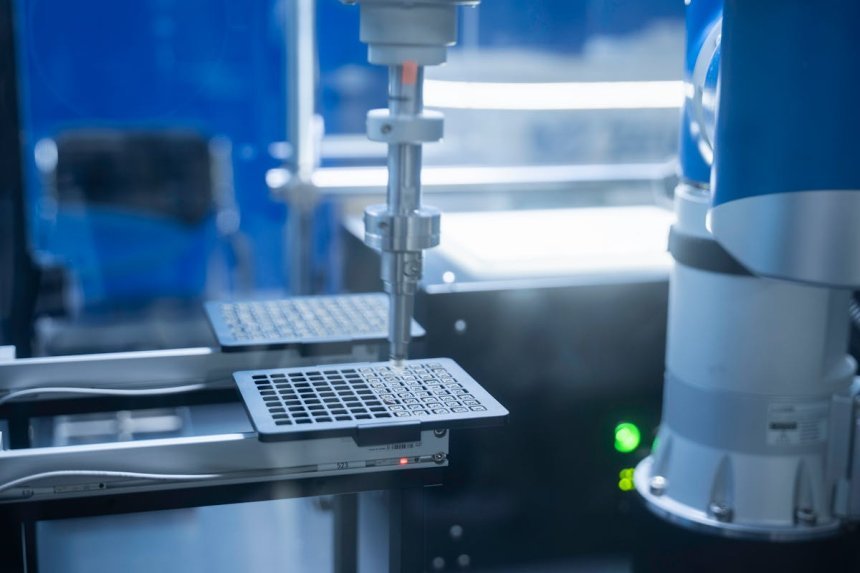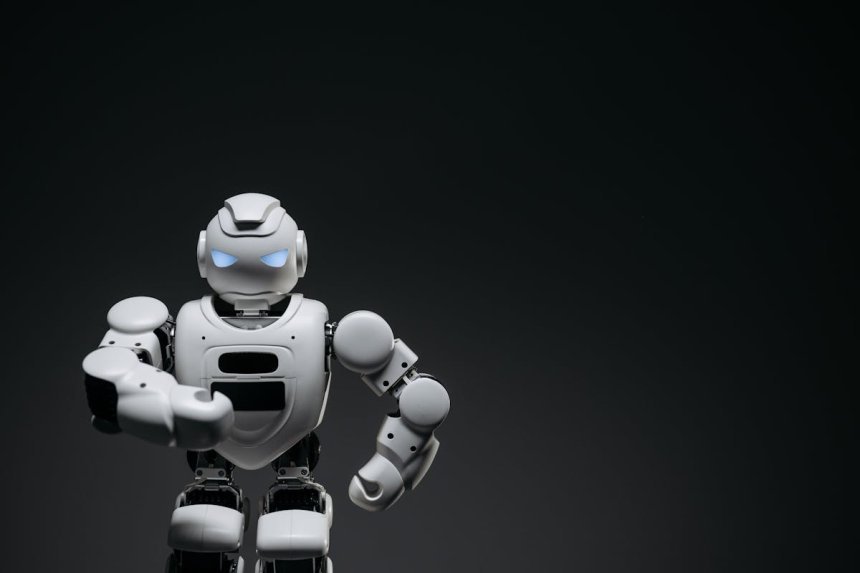Is Your Infrastructure Ready for On-Premises AI?
The AI revolution is no longer confined to the giant data centers of cloud providers. Today, companies of all sizes are looking to implement on-premises AI solutions , keeping data and processing within their own facilities. However, many organizations quickly discover that their IT infrastructure has significant limitations when faced with the intensive computing demands of modern AI.

The AI revolution is no longer confined to the giant data centers of cloud providers. Today, companies of all sizes are looking to implement on-premises AI solutions , keeping data and processing within their own facilities. However, many organizations quickly discover that their IT infrastructure has significant limitations when faced with the intensive computing demands of modern AI.
The New Reality of Local Enterprise AI

AI models, especially those for natural language processing, computer vision, and predictive analytics, place substantially different demands on conventional enterprise applications. Bringing these workloads into the enterprise presents new challenges for server rooms and small enterprise data centers that were not originally designed for this purpose.
While traditional applications distribute processing relatively evenly, AI systems often operate at extreme peaks, requiring on-premises infrastructure to support peak loads for extended periods, even in moderate-scale deployments.
Power: Rethinking Corporate Electrical Capacity
Most companies’ electrical infrastructure is designed to support conventional offices and servers. However, even servers with just a few GPUs for on-premises AI can easily triple the power consumption in a single rack:
- Localized density: Servers with AI GPUs can demand 4-8kW each, creating high power density hotspots within conventional server rooms.
- Dedicated circuits: Corporate facilities often need electrical upgrades, with new circuits dedicated to AI equipment.
- Oversized UPS: Uninterruptible power supplies (UPS) may be insufficient to support new AI equipment during power outages.
For a typical enterprise implementing on-premises AI, even if it starts with just one or two GPU-equipped servers, electrical expansion planning should be considered early on, as adoption tends to grow rapidly as the benefits become apparent.
The Thermal Challenge: Cooling in Corporate Environments
The heat generated by graphics processors is significantly higher than that of conventional servers, creating thermal challenges even in small deployments. In a typical enterprise environment, this requires significant adaptations:
- Overloaded air conditioning systems: Corporate air conditioning infrastructures are rarely sized for the additional thermal load, requiring expansions or complementary solutions.
- Targeted cooling: Even with few AI servers, it may be necessary to implement in-row or proximity cooling solutions to manage specific hot spots.
- Thermal Monitoring: The need to monitor temperatures in real time becomes critical, even in small server rooms.
For a mid-sized company, for example, adding just two servers with AI GPUs could require a 30-40% increase in server room cooling capacity, a cost often not anticipated in initial AI project budgets.
Connectivity: Rethinking the Corporate Network
Implementing on-premises AI also significantly impacts a company’s internal network infrastructure:
- Internal backbones: 1Gbps corporate networks quickly become bottlenecks, requiring an upgrade to 10Gbps or 25Gbps on core connections.
- High-speed storage: Conventional enterprise storage systems may not support the read/write speeds required for AI training and inference.
- Server-to-server connectivity: Even in small deployments, communication between AI servers requires low latency, requiring higher-performance switches and routers.
A typical on-premises AI deployment often reveals network limitations that not only affect the performance of AI models, but can also impact other enterprise systems that share the same infrastructure.
Availability: Avoiding Costly Outages
As business processes begin to rely on on-premises AI systems, infrastructure fault tolerance decreases dramatically. An outage that previously caused inconvenience can now paralyze critical operations:
- Localized redundancy: Even small businesses need to consider redundant components for critical AI systems.
- Maintenance windows: Processes that cannot be interrupted require infrastructure that allows maintenance without shutdown.
- Proactive monitoring: Early failure detection systems become essential when operations rely on local AI.
The cost of downtime for enterprise AI systems can easily reach thousands of dollars per hour, justifying investments in resilient infrastructure even for smaller deployments.
Share
What's Your Reaction?
 Like
0
Like
0
 Dislike
0
Dislike
0
 Love
0
Love
0
 Funny
0
Funny
0
 Angry
0
Angry
0
 Sad
0
Sad
0
 Wow
0
Wow
0













